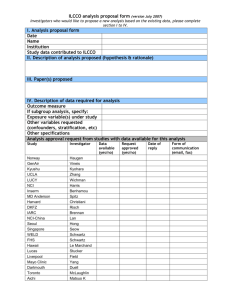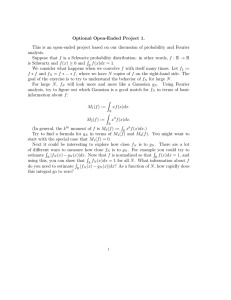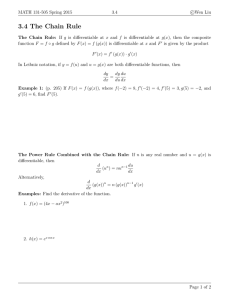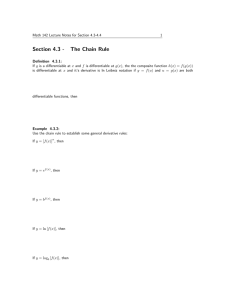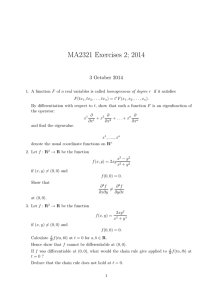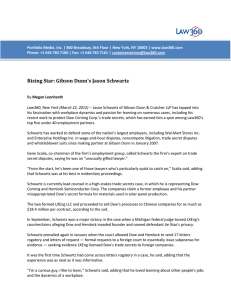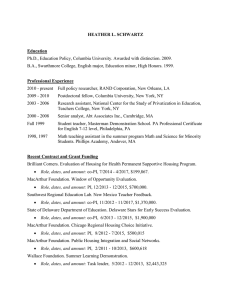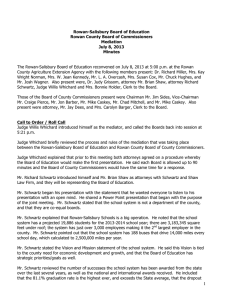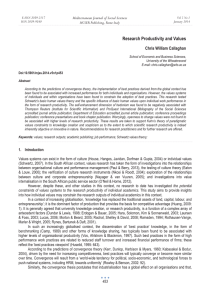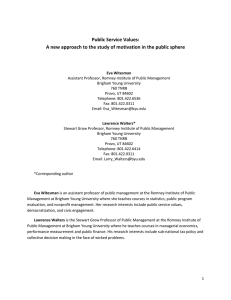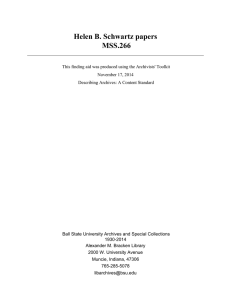18.155 LECTURE 1, 10 SEPTEMBER 2015 1. Before lecture
advertisement
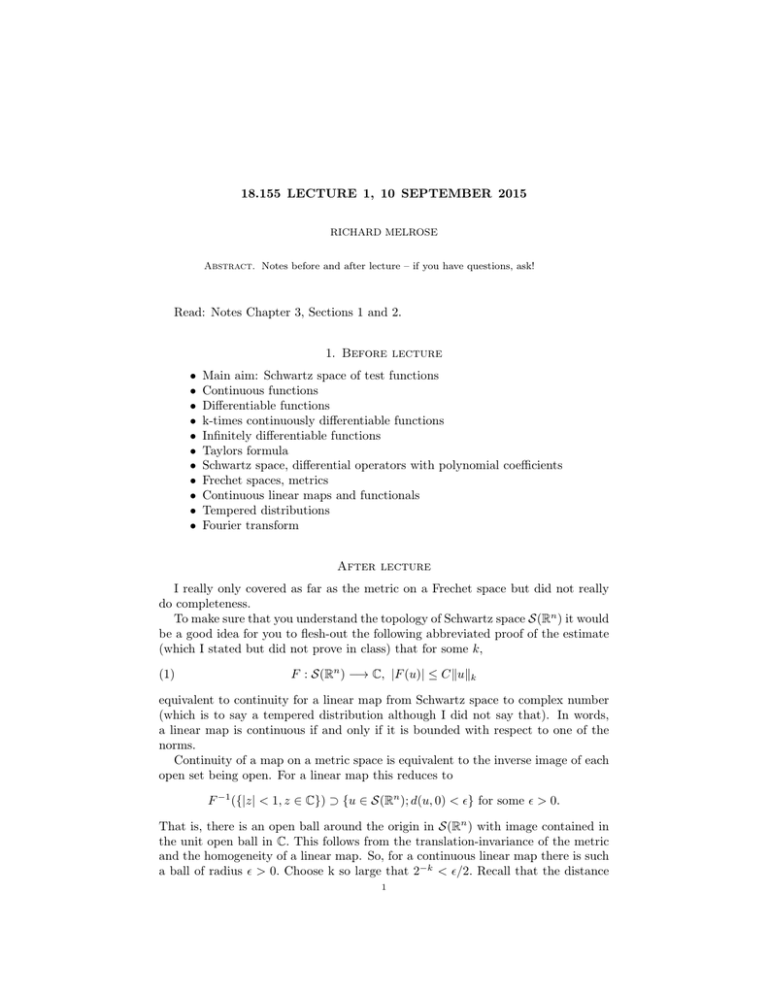
18.155 LECTURE 1, 10 SEPTEMBER 2015
RICHARD MELROSE
Abstract. Notes before and after lecture – if you have questions, ask!
Read: Notes Chapter 3, Sections 1 and 2.
1. Before lecture
•
•
•
•
•
•
•
•
•
•
•
Main aim: Schwartz space of test functions
Continuous functions
Differentiable functions
k-times continuously differentiable functions
Infinitely differentiable functions
Taylors formula
Schwartz space, differential operators with polynomial coefficients
Frechet spaces, metrics
Continuous linear maps and functionals
Tempered distributions
Fourier transform
After lecture
I really only covered as far as the metric on a Frechet space but did not really
do completeness.
To make sure that you understand the topology of Schwartz space S(Rn ) it would
be a good idea for you to flesh-out the following abbreviated proof of the estimate
(which I stated but did not prove in class) that for some k,
(1)
F : S(Rn ) −→ C, |F (u)| ≤ Ckukk
equivalent to continuity for a linear map from Schwartz space to complex number
(which is to say a tempered distribution although I did not say that). In words,
a linear map is continuous if and only if it is bounded with respect to one of the
norms.
Continuity of a map on a metric space is equivalent to the inverse image of each
open set being open. For a linear map this reduces to
F −1 ({|z| < 1, z ∈ C}) ⊃ {u ∈ S(Rn ); d(u, 0) < } for some > 0.
That is, there is an open ball around the origin in S(Rn ) with image contained in
the unit open ball in C. This follows from the translation-invariance of the metric
and the homogeneity of a linear map. So, for a continuous linear map there is such
a ball of radius > 0. Choose k so large that 2−k < /2. Recall that the distance
1
2
RICHARD MELROSE
from the origin is
∞
X
d(u, 0) =
2−j
j=0
∞
∞
j≤k
j>k
X
X
kukj
kukj
kukj
=
+
≤ 2kukk + /2.
2−j
2−j
1 + kukj
1 + kukj
1 + kukj
Here I have used the fact that the norms increase as j increases. It follows that if
kukk < /4 then |F (u)| < 1 from which the desired estimate follows by homogeneity
with C determined by .
The converse follows from the continuity of the norms which I did do in class.
Department of Mathematics, Massachusetts Institute of Technology
E-mail address: rbm@math.mit.edu
